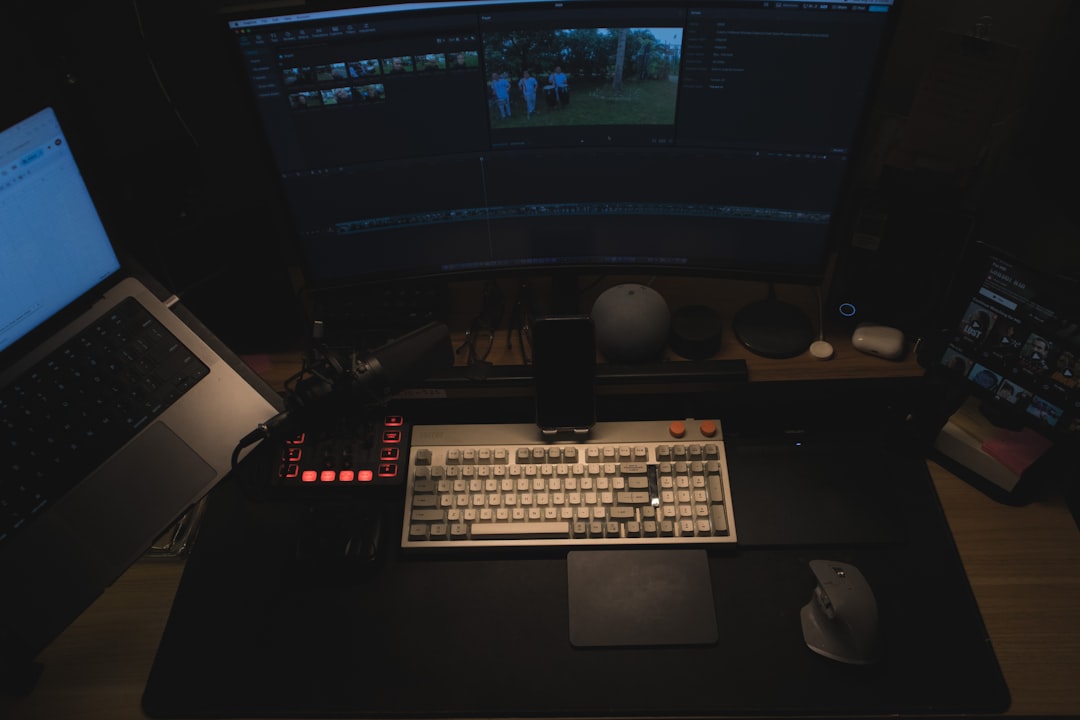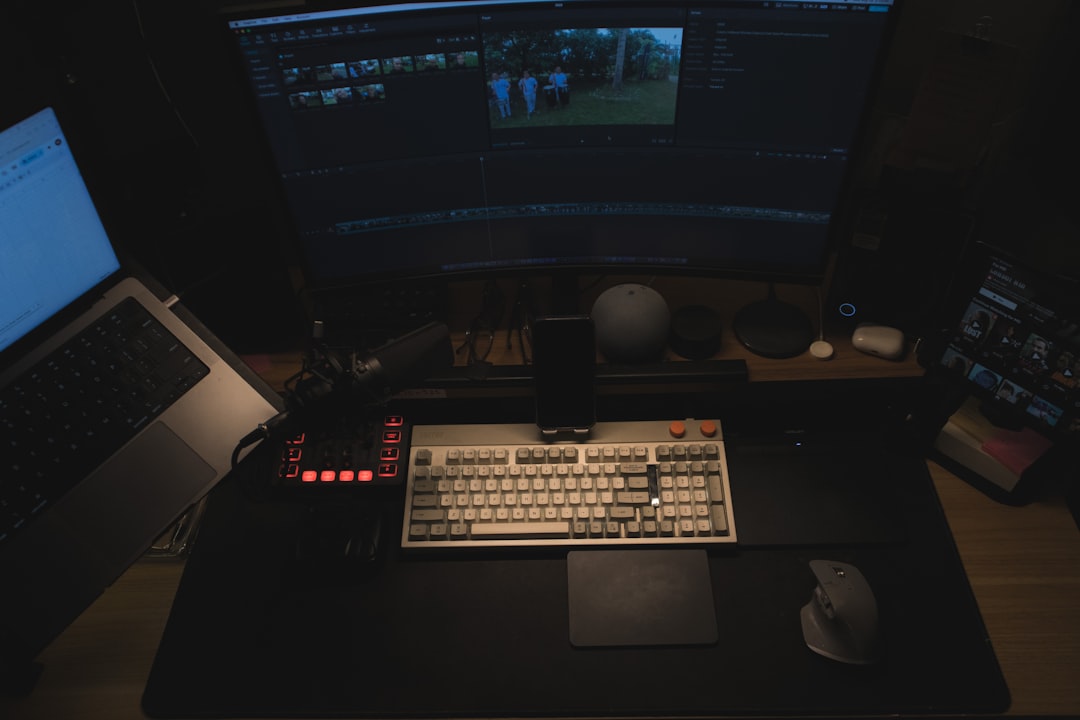Few things are more frustrating for video editors than loading up DaVinci Resolve, eager to start editing, only to discover that the software refuses to import your media files. Whether you’re trying to bring in a simple MP4 clip, a high-end RAW video file, or a batch of stills for a timelapse, DaVinci Resolve’s media import process can sometimes feel like a black box. But don’t worry — we’ve demystified the most common reasons why your media won’t import and compiled practical fixes to get you back on track as quickly as possible.
Common Reasons Why DaVinci Resolve Won’t Import Media
DaVinci Resolve is a powerful but complex application, and various system or software misconfigurations can prevent it from recognizing or ingesting your media. Here are the most probable causes:
1. Unsupported File Formats or Codecs
Even though DaVinci Resolve is compatible with a wide range of formats and codecs, it doesn’t support everything out of the box. For example, the free version has limited support for certain codecs like H.265 (HEVC) or ProRes on Windows. If your footage is encoded in an unsupported format, Resolve will ignore it entirely.
2. File Location Permissions
On both Windows and macOS, permission settings can prevent DaVinci Resolve from accessing specific folders or drives. This is especially common with drives formatted with macOS-specific file systems like APFS being accessed from Windows, or external drives where permissions restrict access.
3. Corrupt or Broken Files
If your media files are partially downloaded, interrupted during copying, or contain corrupt data, Resolve won’t be able to import them. This can happen more often than you think, especially with files transferred over networks or USB drives.
4. File Path Issues and Special Characters
DaVinci Resolve sometimes struggles with file names or directory paths that include special characters, overly long names, or symbols like &% or non-Latin characters. These can prevent media from being recognized or imported correctly.
5. Missing Media Cache or Permissions Issue in Resolve Preferences
If your media cache locations or scratch disks are assigned to a directory Resolve can’t access, or if they’re full or corrupt, the software might refuse to import your files correctly.
How to Troubleshoot and Fix Media Import Problems
Now that you understand why these issues occur, let’s go through actionable steps you can take to resolve them. Most problems can be solved with a few tweaks — no advanced coding or deep technical knowledge required.
Step 1: Check File Compatibility
- Confirm the file’s format and codec by opening it in a free tool like MediaInfo or VLC. Make note of whether it’s H.264, H.265, ProRes, or another codec.
- Visit the official Resolve support page to verify if your version of the software supports that codec.
- If the file isn’t supported, convert it using video conversion software like HandBrake or Shutter Encoder to a more compatible format, such as H.264 in an MP4 container.
Keep in mind that Blackmagic’s free version has limitations that the Studio (paid) version does not.
Step 2: Move the Files to a Different Drive or Location
Sometimes the issue lies not with the file but with its current location. Ensure that your media is stored in a drive:
- With full read/write permissions
- That’s recognized by your operating system (avoid network-mapped drives when possible)
- That has adequate free space
A good troubleshooting step is to move the file to your desktop or another internal storage folder and try importing it from there.

Step 3: Rename Files and Folders
Use simple, alphanumeric file and folder names. Remove any spaces, accented characters, or symbols and limit the total path length to under 260 characters, especially on Windows operating systems where this can be a known problem.
For example, change /Users/John/Video Projects/客户剪辑/shot_01.mov to something like C:/Projects/ClientEdit/shot01.mov.
Step 4: Clear or Change Media Cache Directory
Resolve stores media thumbnails, cache files, and proxies in a designated cache folder. If this folder becomes full or corrupted, strange issues — including import problems — can arise.
To reset or change the cache folder:
- Go to DaVinci Resolve > Preferences > Media Storage.
- Check the top-listed path — this is your primary media storage location.
- Make sure it’s on a fast, local drive with full read/write access.
- You can also clear your cache by going to Playback > Delete Render Cache > All.
Step 5: Reinstall or Repair DaVinci Resolve
In rare cases, your installation of DaVinci Resolve might be corrupted. Reinstalling might reset system links that allow media files to be read correctly.
Before you reinstall:
- Back up your project data using Resolve’s Export Project Archive feature.
- Download the latest version from the official Blackmagic Design support page.
Advanced Tips for Persistent Media Import Issues
If none of the above solutions work for you, here are a few extra methods to try:
Use DaVinci Resolve’s Media Panel Directly
Instead of importing through the Project Manager or by dragging files into the timeline, use the built-in Media panel to navigate to your files:
- Select the Media tab at the bottom of Resolve.
- Use the built-in file browser to navigate to your footage.
- Right-click the folder and select Add Folder and Subfolders into Media Pool.

Convert High-Res Footage to Proxies
High-bitrate or high-resolution media can sometimes be too demanding for immediate decoding, leading Resolve to quietly skip over them. Use tools like Adobe Media Encoder, HandBrake, or Resolve’s own proxy workflow to generate smaller, optimized proxies that are easier to manage.
You can always relink the media back to the full-res version for final deliveries.
Check GPU Hardware Acceleration Settings
Sometimes, codecs like H.265 rely heavily on hardware decoding. If your system’s GPU drivers are outdated or incompatible with Resolve’s decoding engine, media may fail to import. Update your GPU drivers and try disabling hardware acceleration to see if it helps.
When All Else Fails: Contact Support or Community Forums
If you still can’t import your media after trying all of the above methods, your problem might be very specific or hardware-related. At this point, you can:
- Reach out to Blackmagic Design’s official user forums
- Submit a formal support ticket
- Check Reddit communities like r/davinciresolve for users facing similar issues

Final Thoughts
While it can be irritating when DaVinci Resolve refuses to import your media, in most cases the issue boils down to file compatibility, location settings, or system permissions. By methodically working through the suggestions above, you can usually pinpoint the root cause and get back to what really matters — creating stunning visual content.
Keep your software up-to-date, stay informed about codec support, and maintain an organized, systematic workflow to reduce the chances of media import troubles in the future. Happy editing!
